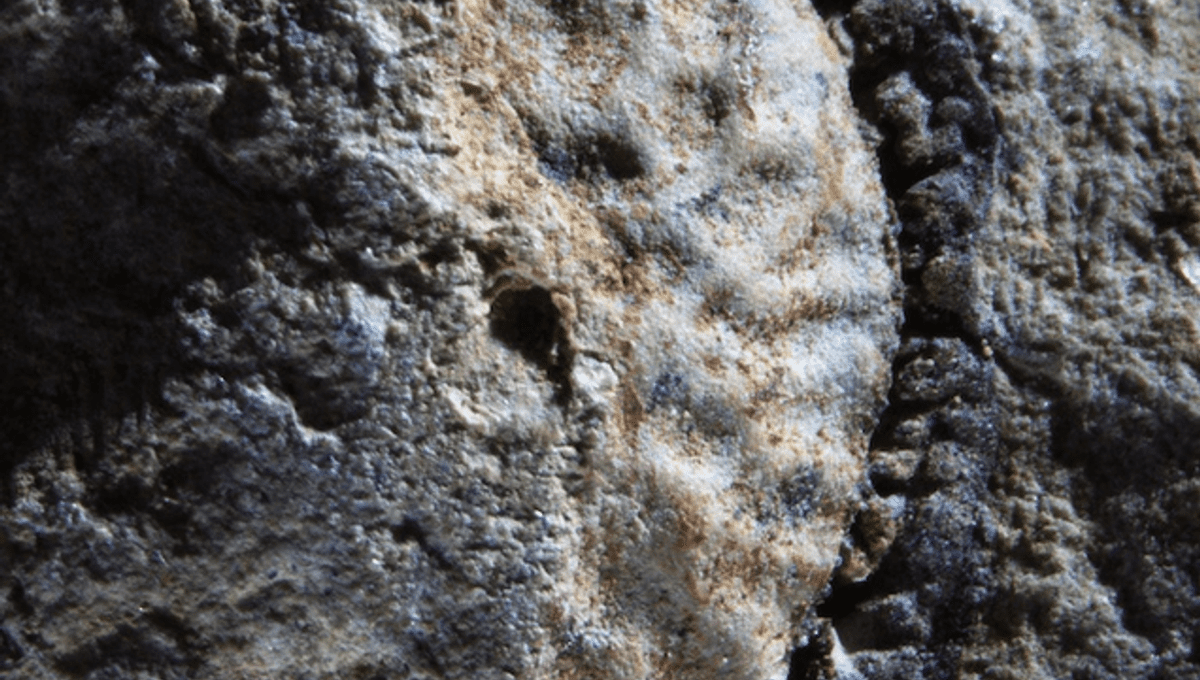
The family of plants that give us such treasures as tomatoes, potatoes, our most popular herbs, and even coffee coexisted with the dinosaurs, a single fossil has revealed. That doesn’t mean any of these individual plants existed in the Cretaceous, let alone the eras giant herbivores took advantage – but we can certainly be grateful at least one ancestor made it through the KT extinction event.
The superfamily of flowering plants known as the lamiids includes an estimated 40,000 species, and it’s hard to imagine life without their many contributions to our diet.
Their diversity is astonishing, from mighty trees used for timber to carnivorous bladderworts. Such diversification indicates the lamiids must be old, but botanists have been unsure if they appeared in the new world after the devastation from the Chicxulub impact, or if their origins are older still.
Dr Brian Atkinson of the University of Kansas had spent seven years trying to settle this question when it was suggested that he should look at the collection at the Sierra College Museum of Natural History. There, he found treasure trove of fossil plants dug up in the 1990s prior to the building of a housing development outside Sacramento. In a new paper, he reports that the highlight of the set is a rainforest fruit that resolves his search.
“The fossil belongs to a group of lianas, which are woody vines that add structural complexity to rainforests,” Atkinson said in a statement. Their existence demonstrates California’s Cretaceous rainforests resembled those of today in terms of the multiplicity of plant niches.
This was a question that interested paleobotanists because, as Atkinson said; “It’s a time when forests are transitioning from being dominated by gymnosperms such as conifers to being dominated by flowering plants.”
Atkinson placed the specimen in the Palaeophytocrene genus, and gave it the species name chicoensis after the geological formation in which it was found.
The discovery is another example of how the importance of many fossils is missed in the haste to get them out of the ground, and often for decades afterward. At just 1.3 centimeters (0.5 inches) wide and long, it’s easy to see why the fruit was overlooked by non-specialists. It was also a compression fossil, making an additional challenge for Atkinson in assessing it.
Nevertheless, Atkinson is confident the pits on its surface mark it as belonging to the Icacinaceae family, a branch of the Lamiideae.
The plant fossil record is often even sparser than that of animals. We have no idea whether a single lamiid species made it through the darkness to take over the world after the asteroid collision, or if a great many survived. Nevertheless, assuming Atkinson’s assessment of P. chicosensis is correct, we know a lot more about lamiid origins than we did before.
Much as we may love potato chips, tomato on everything, and all the members of the parsley, sage, rosemary, and thyme clan, their origins may not feel relevant to daily life. However, Atkinson notes; “My research involves understanding deep time to better reconcile how modern biodiversity came to be – and potentially how it will fare in the future with climate change.”
The more we know about the last mass extinction, the better we may be able to prepare for the one into which we are, barring a sudden change of course, heading.
The paper is published in Nature Plants.
Source Link: Cretaceous Fossil Fruit Proves Dinosaurs Had The Ancestors Of Coffee and Potatoes